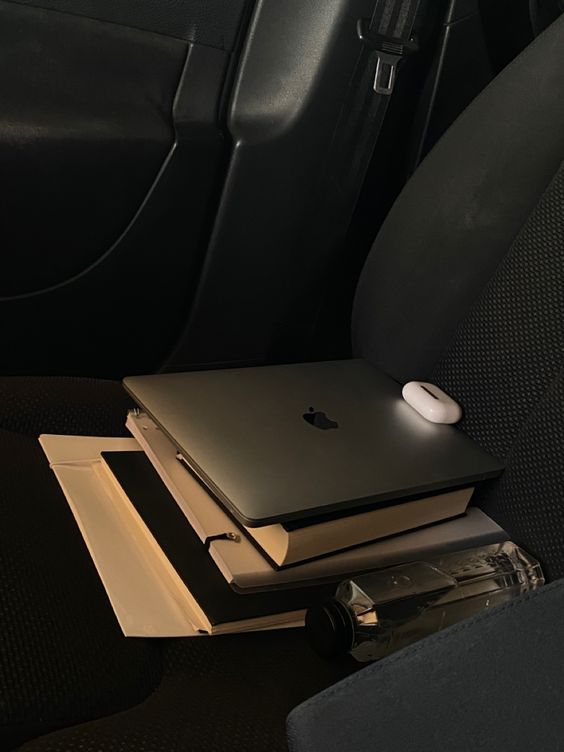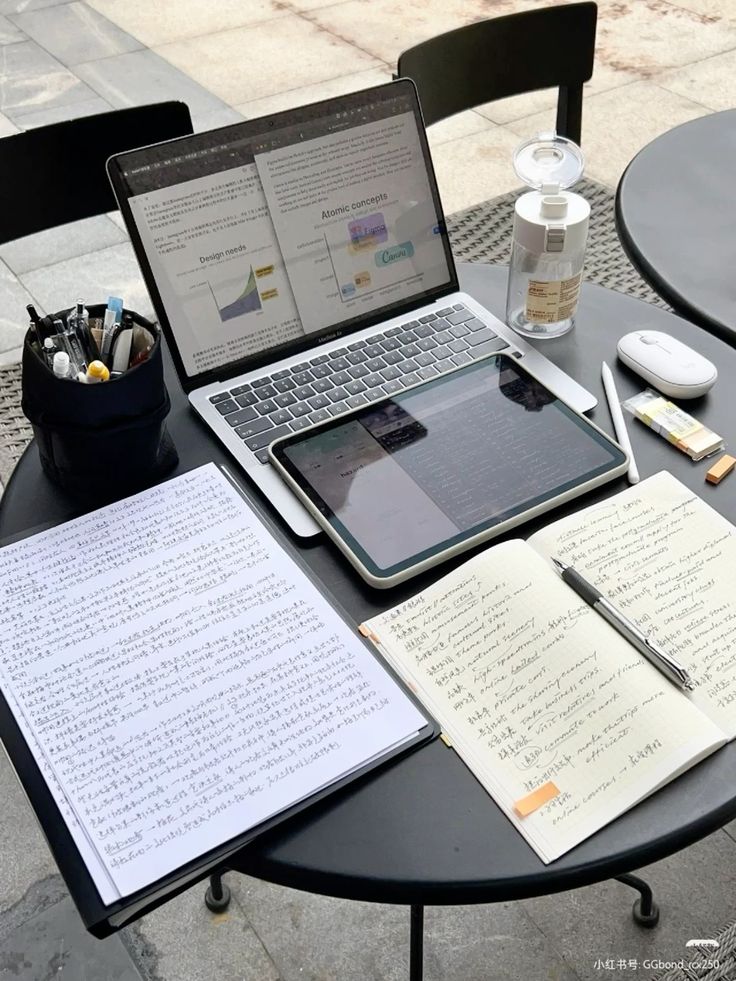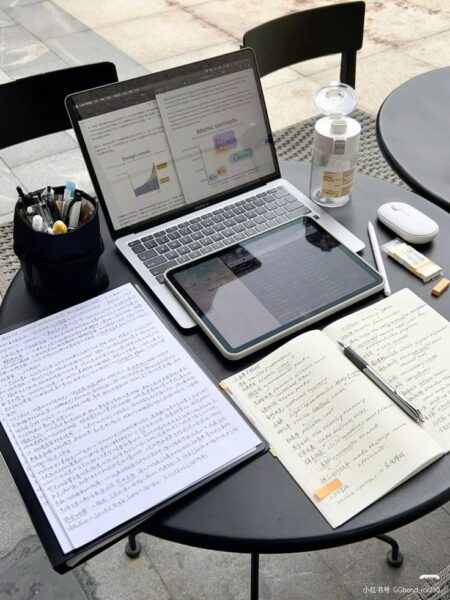How to Do Break-Even Analysis for Clothing Store
Starting a clothing store can be an exciting venture, but understanding the financials is crucial for long-term success. A break-even analysis for clothing store helps entrepreneurs determine the sales volume needed to cover expenses and start making profits. This article will guide you through the process, using the keyword strategically and providing a step-by-step approach to conducting a break-even analysis tailored to a clothing business.
What Is Break-Even Analysis?
A break-even analysis calculates the point where total revenue equals total expenses, resulting in neither profit nor loss. It’s a critical tool for any business owner to evaluate the feasibility of their business model and to set realistic financial goals.
For a clothing store, the break-even point depends on factors like rent, inventory costs, marketing, and employee wages.
Why Is Break-Even Analysis Important for a Clothing Store?
- Financial Planning
It helps identify the sales targets required to sustain the business. - Pricing Strategy
Break-even analysis ensures you price your clothing appropriately to cover costs and generate profit. - Investor Confidence
Investors and lenders often look for a detailed break-even analysis to assess the viability of your clothing store. - Risk Mitigation
It highlights potential risks, allowing you to make informed decisions about expenses and pricing.
Break-Even Analysis For Different Business Models
The way you calculate and apply break-even analysis depends on the type of clothing business you run. While the formula stays the same, the cost structures vary significantly across models.
1. Brick-And-Mortar Boutique
- Fixed Costs: Rent, utilities, décor, staff salaries, and insurance are typically higher.
- Variable Costs: Inventory, packaging, and point-of-sale fees.
- Impact: The break-even point is often higher due to overhead expenses. Boutiques must sell more units each month to cover rent and staff. Location choice and foot traffic heavily influence profitability.
2. Online Clothing Store
- Fixed Costs: Website hosting, e-commerce platform fees, and digital marketing campaigns.
- Variable Costs: Inventory, shipping, and transaction fees.
- Impact: Lower fixed costs compared to physical shops, but higher reliance on marketing spend. Online stores can achieve break-even at lower unit sales, though they must continuously drive traffic through SEO, social media, or ads.
3. Hybrid Model (Physical + Online Sales)
- Fixed Costs: Combination of rent and digital infrastructure.
- Variable Costs: Broader mix, including staff wages, shipping costs, and packaging.
- Impact: The break-even point can be spread across multiple revenue streams. A hybrid model offers flexibility — slow sales in-store can be balanced by online channels — but requires careful monitoring to ensure costs don’t double up unnecessarily.
Key Takeaway:
Understanding how your business model affects fixed and variable costs allows you to calculate a more accurate break-even point. A boutique owner should focus on maximizing in-store conversions, while an online shop might prioritize reducing marketing spend per sale. Hybrid businesses need integrated systems to track performance across both channels.
Components of Break-Even Analysis for Clothing Store
Before conducting a break-even analysis for clothing store, you need to understand the key components:
1. Fixed Costs
These are expenses that do not change with the level of sales. Common fixed costs for a clothing store include:
- Rent or lease payments
- Employee salaries (excluding commissions)
- Utilities
- Insurance
- Website maintenance (for online stores)
2. Variable Costs
These costs fluctuate with sales or production levels. Examples include:
- Cost of inventory (clothing items)
- Packaging materials
- Shipping costs (if applicable)
- Sales commissions
3. Sales Price Per Unit
The price at which each item of clothing is sold.
4. Contribution Margin
This is the amount left after subtracting variable costs from the sales price.
How to Calculate Break-Even Point
The formulas to calculate the break-even point are:
Break-Even Point (Units) = Fixed Costs / (Sales Price per Unit − Variable Cost per Unit)
Break-Even Point (Revenue) = Fixed Costs / (1 – Variable Costs/Sales Price)
Example 1: Break-Even Analysis for Clothing Store
Let’s consider a practical break-even analysis for clothing store to better understand how it works.
Scenario
You’re opening a boutique clothing store with the following details:
Fixed Costs
- Rent: $2,000/month
- Salaries: $3,000/month
- Utilities: $500/month
- Marketing: $1,000/month
- Total Fixed Costs: $6,500
Variable Costs
- Average cost per clothing item (purchase price): $25
- Packaging and shipping: $5
- Total Variable Costs: $30 per item
Sales Price
- Average sales price per clothing item: $60
Step 1: Calculate Contribution Margin
Step 2: Calculate Break-Even Point in Units
Step 3: Calculate Break-Even Point in Revenue
Interpretation
In this scenario, you need to sell approximately 217 clothing items or generate $13,020 in revenue each month to break even. This gives you a clear financial target to achieve.
Here’s a worked-out example table you can add to your article on break-even analysis for clothing store:
Example 2: Break-Even Calculation For A Boutique Clothing Store
| Item | Amount |
|---|---|
| Fixed Costs (Monthly) | Rent: $2,000 + Salaries: $3,000 + Utilities/Insurance: $500 = $5,500 |
| Variable Cost Per Unit | Average wholesale cost per clothing item: $15 |
| Selling Price Per Unit | Average retail price per clothing item: $40 |
| Contribution Margin Per Unit | $40 – $15 = $25 |
| Break-Even Point (Units) | $5,500 ÷ $25 = 220 items per month |
Interpretation:
This boutique must sell at least 220 items each month at $40 each just to cover all costs. Any sales above this point generate profit.
Profit Scenarios After Break-Even Point
Here’s a profit scenario table for the example of break-even analysis for clothing store:
| Units Sold (Per Month) | Revenue (at $40/item) | Total Costs (Fixed $5,500 + Variable $15/item) | Profit/Loss |
|---|---|---|---|
| 220 (Break-Even) | $8,800 | $8,800 | $0 (No Profit, No Loss) |
| 250 | $10,000 | $9,250 | +$750 Profit |
| 300 | $12,000 | $10,000 | +$2,000 Profit |
| 400 | $16,000 | $11,500 | +$4,500 Profit |
Insight:
The break-even analysis shows that once fixed costs are covered at 220 units, each additional sale contributes directly to profit. This makes upselling, bundling, or improving conversion rates highly impactful for clothing stores.
Tips for Reducing Break-Even Point
Lowering your break-even point means you can cover costs with fewer sales and reach profitability faster. Clothing store owners can achieve this by carefully managing pricing, costs, and operations.
1. Increase Average Selling Price
Introduce premium or higher-margin items, such as limited-edition pieces or curated accessories, to raise the average basket size. Even small price increases per unit can significantly reduce the number of items you need to sell to break even.
2. Bundle Products
Offer outfits or sets (e.g., shirt + trousers + belt) at a slight discount compared to buying individually. Bundling boosts the average transaction value without significantly increasing costs.
3. Negotiate With Suppliers
Buy in bulk, establish long-term partnerships, or source from multiple vendors to lower per-unit costs. A small reduction in variable costs directly lowers the break-even threshold.
4. Reduce Fixed Overheads
Reevaluate rent, staffing hours, or unnecessary subscriptions. For online stores, compare platform fees and hosting services to find more cost-effective solutions. Lowering fixed costs reduces the sales volume needed to stay profitable.
5. Use Pre-Orders And Limited Runs
Pre-orders help secure revenue before committing to large inventory purchases. Limited runs reduce overproduction and unsold stock, both of which keep variable costs in check.
6. Focus On Customer Retention
It’s cheaper to sell repeatedly to existing customers than to constantly acquire new ones. Loyalty programs, personalized offers, and VIP discounts increase repeat sales, pushing revenue above break-even more consistently.
7. Optimize Marketing Spend
Track which marketing channels bring the highest ROI. Cutting underperforming ads and investing more in organic strategies like SEO, email marketing, and social media engagement lowers acquisition costs per sale.
8. Reduce Returns And Exchanges
In fashion retail, high return rates can inflate variable costs. Provide accurate sizing charts, high-quality product photos, and detailed descriptions to reduce mismatches and wasted costs.
Key Insight:
Lowering your break-even point is not just about cutting expenses — it’s about improving efficiency and extracting more value from every sale. A clothing store that combines smarter pricing, supplier negotiations, and loyal customer relationships can achieve profitability faster and maintain it more sustainably.
Case Study: Lowering The Break-Even Point In A Boutique
A small boutique originally calculated its break-even point at 220 units per month, with an average selling price of $40 and variable cost of $15 per item. Fixed monthly costs (rent, staff, utilities) totaled $5,500.
Step 1 – Increase Average Price:
The boutique raised prices on select premium items, pushing the average selling price from $40 to $42. Contribution margin increased from $25 to $27 per unit.
Step 2 – Negotiate With Suppliers:
By switching to a new supplier and buying in slightly larger batches, the boutique reduced variable cost per item from $15 to $14. Contribution margin rose further to $28 per unit.
Step 3 – Encourage Bundles:
Introducing bundle offers (e.g., dress + accessory set) raised the average order size by 10%.
New Break-Even Point:
With $5,500 fixed costs ÷ $28 contribution margin, the new break-even dropped to 196 units per month — almost 11% fewer sales needed to cover costs.
Result:
The boutique not only reduced its break-even point but also improved profitability per sale. By combining small changes in pricing, supplier negotiations, and bundling, it created a more sustainable business model without cutting quality.
Break-Even Analysis for Online Clothing Stores
If you’re running an online clothing store, some costs differ:
Fixed Costs
- Website hosting and maintenance
- E-commerce platform fees (e.g., Shopify)
Variable Costs
- Shipping fees
- Payment processing fees
While the formula remains the same, ensure you account for these digital-specific costs in your break-even analysis.
Common Mistakes to Avoid
- Underestimating Costs
Overlooking hidden costs like maintenance, repairs, or unexpected expenses can lead to inaccurate calculations. - Ignoring Market Trends
Failing to consider seasonal trends or customer preferences can impact your sales volume and revenue projections. - Setting Unrealistic Sales Targets
Make sure your sales targets align with market demand and your marketing capacity.
Real-World Applications
- Pre-launch Planning: Use break-even analysis to determine if your clothing store idea is financially feasible.
- Inventory Management: Assess how much inventory to order based on your break-even targets.
- Expansion Decisions: Analyze the financial impact of opening additional locations or introducing new product lines.
FAQ: Break-Even Analysis For Clothing Store
What is break-even analysis for clothing store businesses?
Break-even analysis for clothing store businesses calculates the point where total revenue equals total costs. At this point, the store is neither making a profit nor a loss. It helps owners understand how much they must sell to cover expenses before generating profit.
Why is break-even analysis important for a clothing store?
It guides pricing decisions, inventory planning, and sales targets. Knowing the break-even point ensures you don’t underprice items or carry unsustainable costs. It also helps secure funding by showing lenders or investors that your business model can reach profitability.
How do you calculate break-even analysis for clothing store operations?
The formula is:
Break-Even Point (Units) = Fixed Costs ÷ (Selling Price Per Unit – Variable Cost Per Unit)
- Fixed Costs: Rent, salaries, insurance.
- Variable Costs: Fabric, packaging, transaction fees.
- Selling Price: What you charge per clothing item.
What counts as fixed and variable costs in a clothing store?
- Fixed Costs: Rent, utilities, employee salaries, licenses, and insurance.
- Variable Costs: Inventory (clothing items), shipping, credit card processing fees, and packaging.
How can a clothing store lower its break-even point?
- Increase average selling price with premium items or bundles.
- Reduce fixed costs by negotiating rent or streamlining staff hours.
- Lower variable costs by sourcing materials at better rates or ordering in bulk.
Can break-even analysis help with pricing in a clothing store?
Yes. By knowing how costs compare to selling price, you can set margins that cover expenses and achieve profits. For example, if your analysis shows that at $30 per shirt you break even after 500 sales, raising the price to $35 may reduce the number of units needed to reach profitability.
How often should a clothing store do break-even analysis?
At minimum, once per year or whenever major changes occur (new rent agreement, staff increase, supplier change, or new product line). Regular analysis keeps financial planning accurate.
What limitations does break-even analysis have for a clothing store?
It assumes costs and prices remain constant, which isn’t always true in fashion retail where trends shift quickly. It also doesn’t factor in seasonal demand, markdowns, or unsold inventory. Pairing break-even analysis with sales forecasting provides a more complete picture.
Can small boutique clothing stores benefit from break-even analysis?
Absolutely. Smaller stores often run on tighter margins, making it crucial to know exactly how many items must be sold to stay profitable. Even a simple break-even analysis helps boutique owners avoid cash flow issues and make smarter inventory choices.
Final Thoughts
Conducting a break-even analysis for clothing store is an essential step in financial planning and business strategy. It provides a clear understanding of your costs, pricing, and sales targets, enabling you to make informed decisions and build a profitable business. Regularly revisit and adjust your break-even analysis as your costs, market conditions, and sales volume change.


















Post Comment